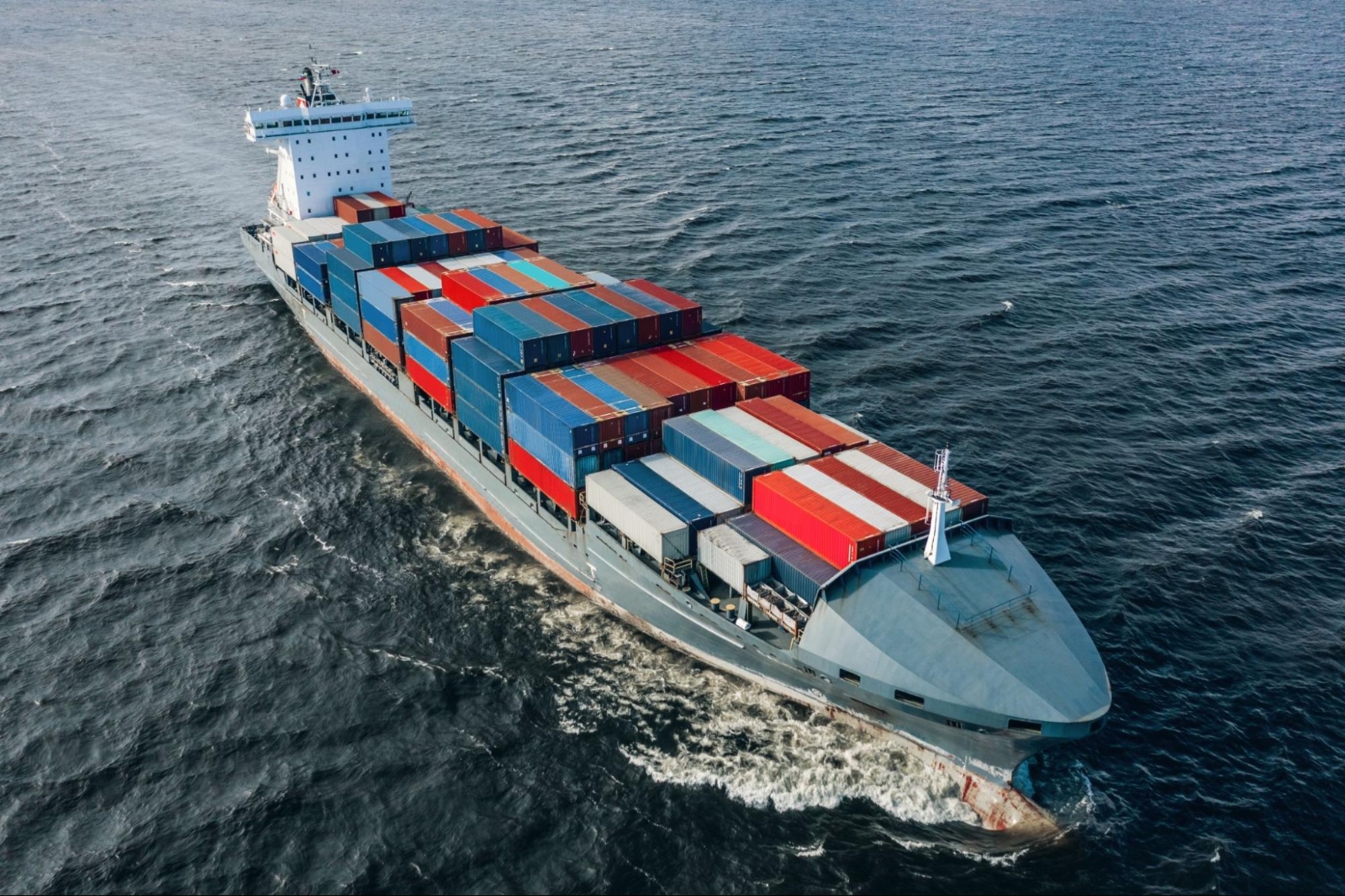When taking charge of your supply chain, you need to understand which cargo vessels are the ideal fit for your needs. With each option having its own dimensions, costs and availability, choosing the most appropriate vessel means you can have complete confidence your items will reach their destination in optimal condition. Here, we’ve highlighted five cargo types to help you understand how each freight solution supports bulk shipping and cargo logistics.
1. Dry cargo ships
Dry cargo ships, also known as bulk carriers, are the perfect choice for suppliers shipping dry products, ranging from coal and concrete to grains and flour. With these cargo vessels stretching up to 300 metres long and traversing the globe, they remain an essential component of merchant fleets.
Although dry cargo ships come in various shapes and sizes, the smallest Handysize vessels have a carrying capacity of around 35,000 deadweight tonnage (DWT). Meanwhile, the largest type, known as Capesize, features a whopping 200,000 DWT.
2. Liquid cargo ships
As you might expect, liquid cargo ships transport liquids and gases around the globe. With these cargo vessels divided into various sections to store goods such as wine, water, oil and chemicals, increasingly specialised ships handle complex substances such as jet fuel, diesel and tar.
These tanker ships also come in numerous sizes, depending on their purpose. For instance, clean tankers transporting light refined petroleum products offer up to 50,000 DWT. Yet some cargo vessels that store and shift chemicals can be as small as 5,000 DWT.
3. Specialised cargo ships
While dry cargo and liquid cargo vessels carry mixed freight, there are also several specialised cargo ships made for a specific purpose. For example, countries that export large quantities of livestock rely upon specialised cargo vessels that safely store animals and offer around 13,000 DWT.
Meanwhile, Reefers are another cargo vessel built to carry perishable goods, such as fruit, vegetables, meat and dairy products. Like most other cargo types, these ships can vary significantly in size. However, a standard Reefer capacity is around 20,000 DWT.
4. Ro-Ro vessels
Ro-Ro vessels are how companies transport cargo with wheels. Also known as roll-on/roll-off ships, everything from cars and motorbikes to trucks and trains is stored on board for transport to a distant location. Featuring built-in ramps and shore-based alternatives, this unique feature optimises how cargo is loaded and unloaded.
Alongside numerous Ro-Ro variations, including military adaptations, these cargo vessels are also available in various sizes. For example, the largest Ro-Ro ship is the MV Tonsberg, which has enough space for hundreds of vehicles across an impressive 41,820 DWT.
5. LCT vessels
Landing Craft Tanks (LCT) were used to transport military cargo throughout the 20th century, but have since become a wonderfully cost-effective logistics solution. Now used to transport heavy cargo like trucks and containers, LCT vessels remain a popular option for shipping products to remote areas in Indonesia.
With a flat design compared to regular cargo vessels, LCT ships can be unloaded in shallow water, making them a superb choice when the destination lacks port infrastructure. Plus, these ships are often equipped with an onboard crane, so loading and unloading cargo is fast and simple.
Partner With Halcon Primo Logistics
Find the ideal cargo vessel for your needs with a personalised solution from Halcon Primo Logistics. As an industry leader in bulk shipping and cargo logistics, we charter high-quality cargo types that ensure your products safely reach their destination.
Supported by our dedicated and professional team, Halcon Primo Logistics will work closely alongside your business to ensure your operational goals become a reality. Contact us online today to learn more about how we can find the perfect cargo vessel for your needs.


